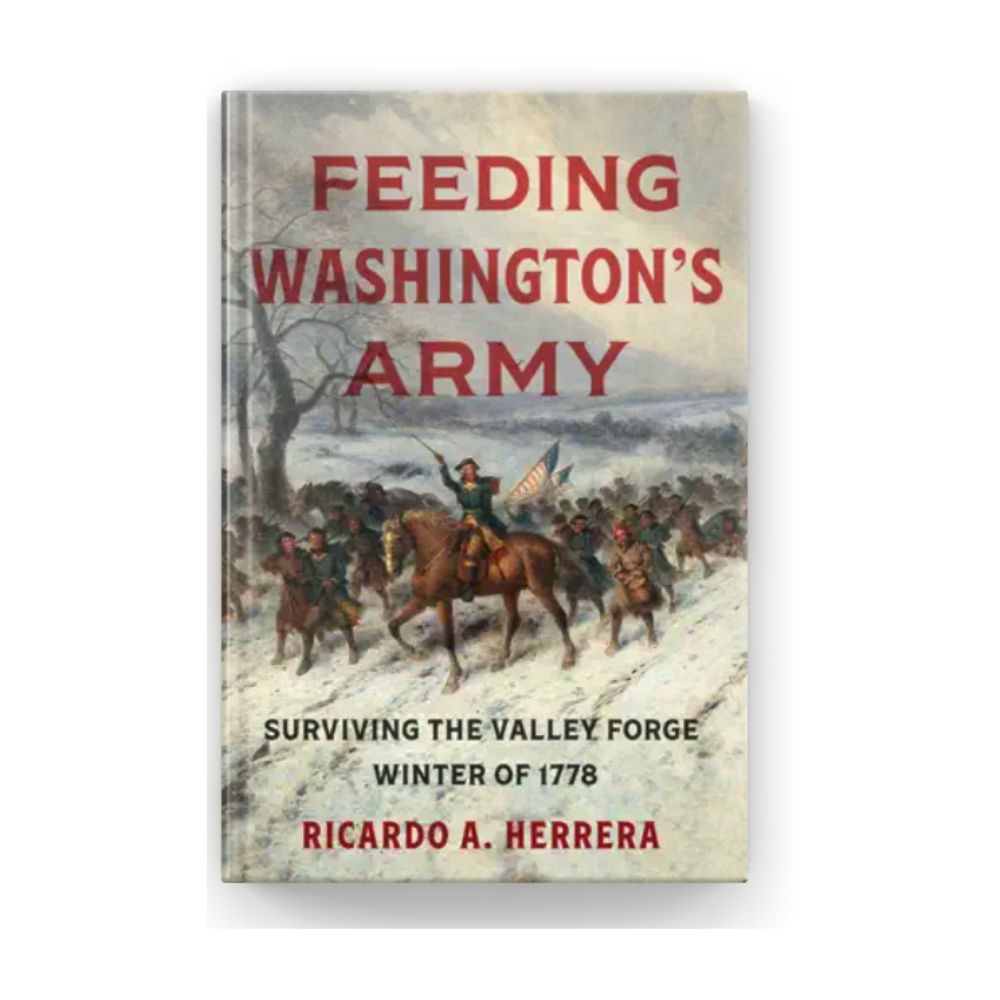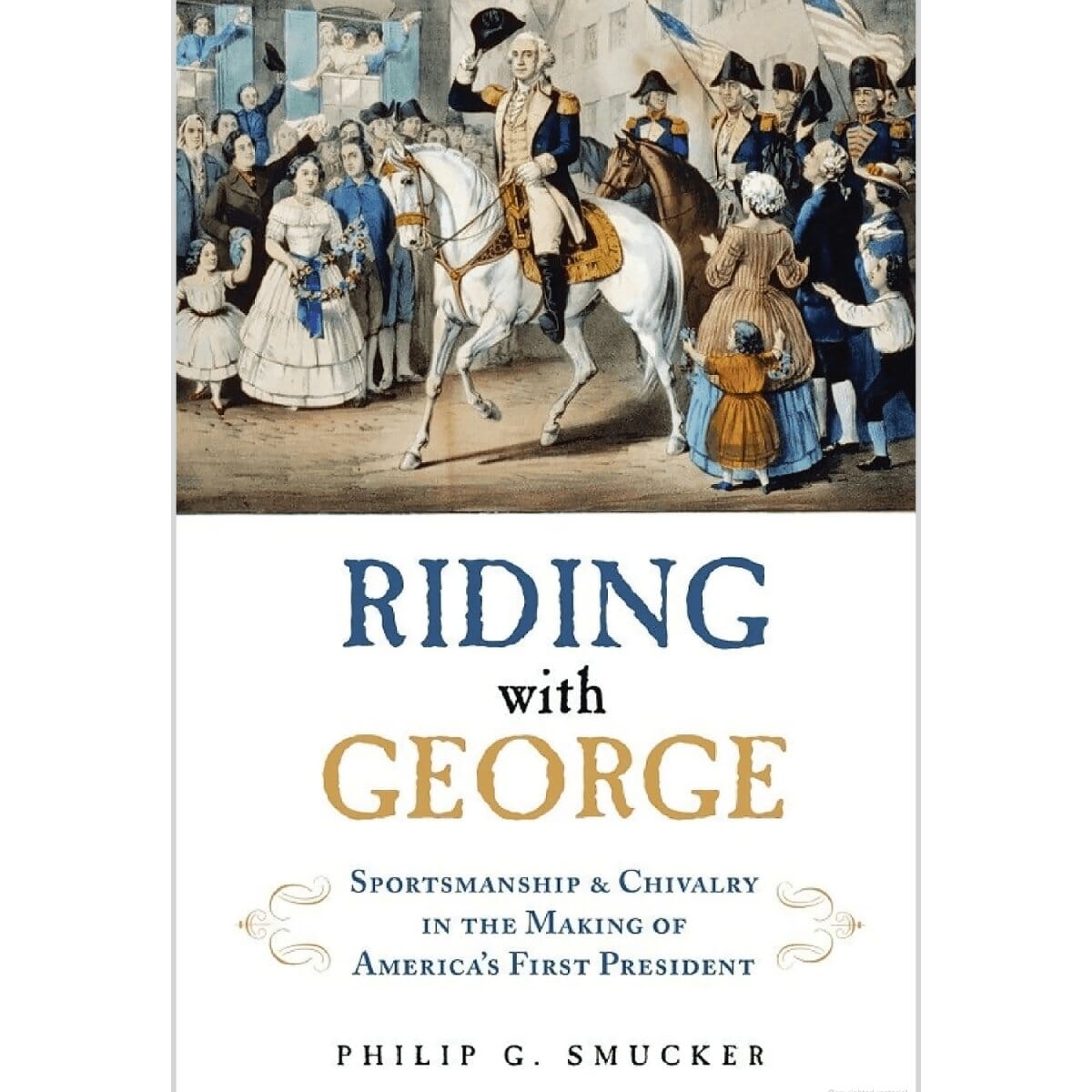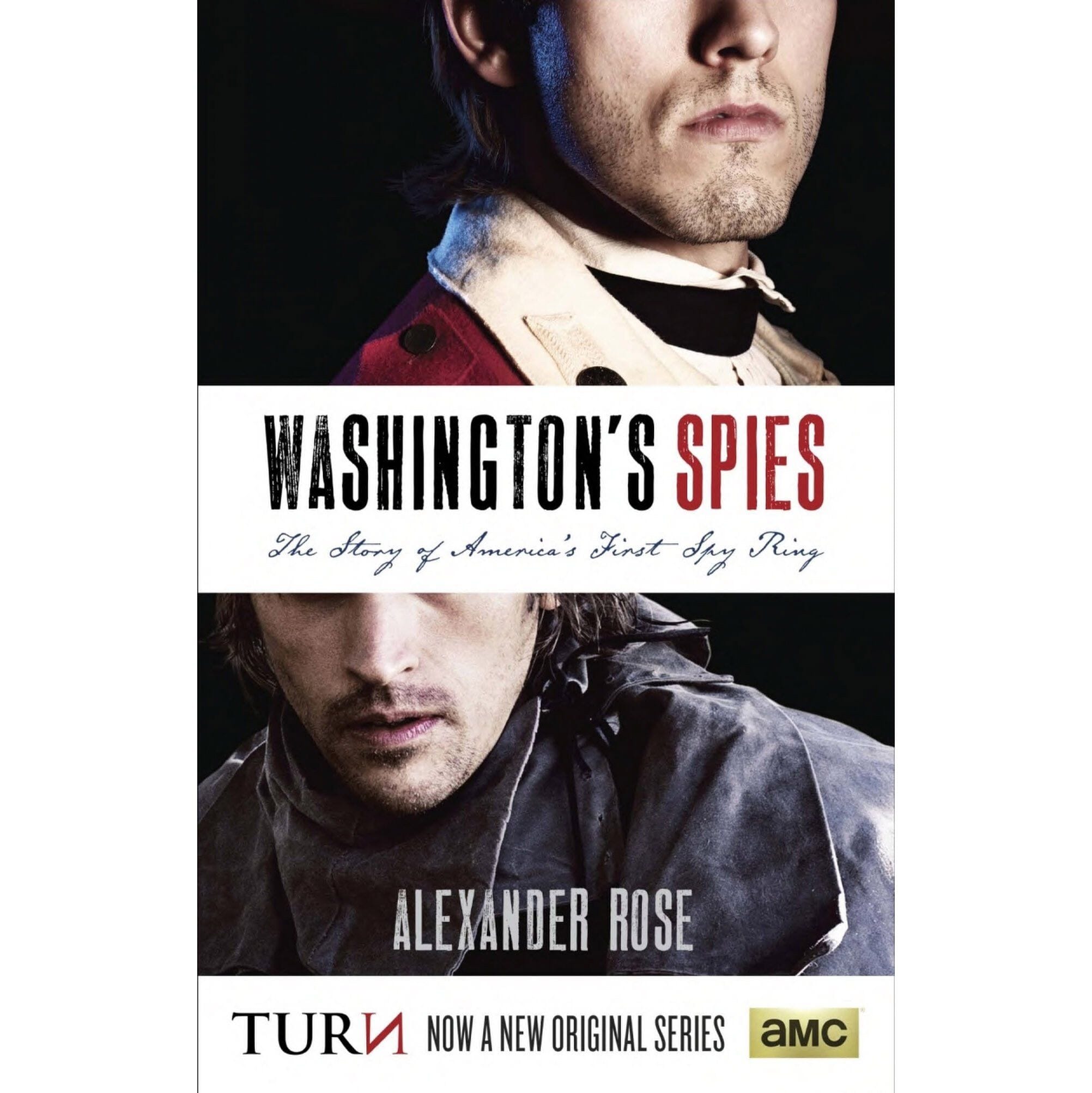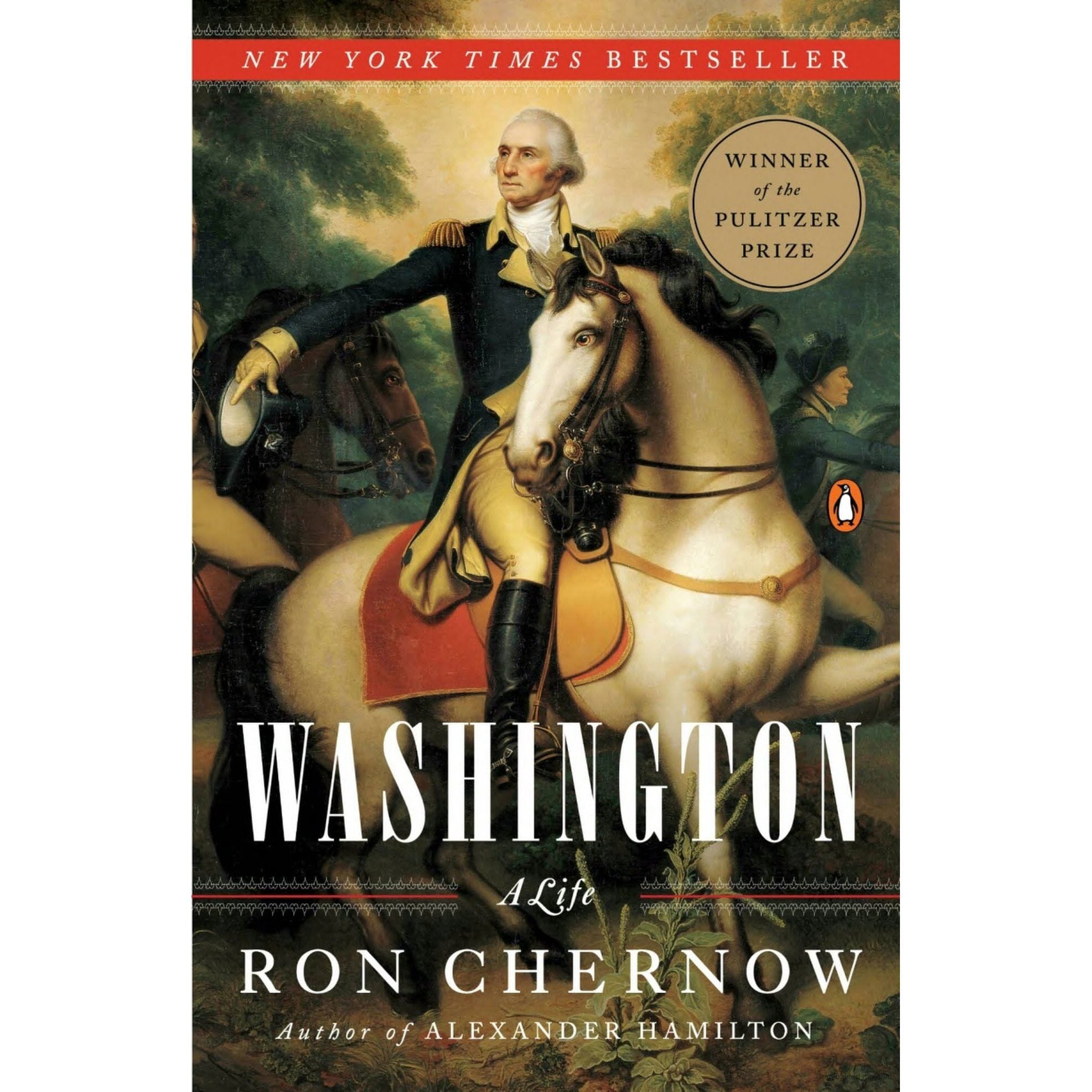General George Washington led the American army to victory during the Revolutionary War.
Despite having little practical experience in managing large, conventional armies, Washington proved to be a capable and resilient leader of the American military forces during the Revolutionary War. While he lost more battles than he won, Washington employed a winning strategy that included victories at the Battle of Trenton in 1776 and Yorktown in 1781.
250 Years Ago on This Day
Follow George Washington in real time as he takes command of the Continental Army and leads the fight for liberty against Great Britain.

Why did George Washington join the Revolution?
By looking at Washington’s own words we can find many clues as to why he supported the patriots during the Revolutionary War.
Learn more
Battles Washington Fought In
Congress created the Continental Army on June 14, 1775, and John Adams nominated George Washington to serve as the army's Commander-in-Chief. Explore the battles that Washington personally fought in to secured his legacy as "First in War."
Learn moreWashington in the Revolution

African Americans in the Revolutionary War
The Revolutionary War posed a difficult choice for enslaved African Americans.
Learn more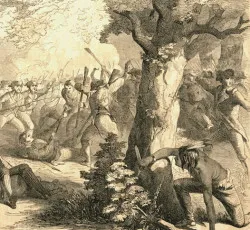
Oneida Indian Nation
The Oneida Indian Nation openly declared its support for the patriots during the Revolutionary War. According to George Washington "The Oneidas have manifested the strongest Attachment to us throughout this Dispute."
Learn more
Washington’s Changing Views on Slavery
George Washington began questioning slavery during the Revolutionary War, while he led the colonies’ battle for independence from Great Britain.
Learn more

Crossing of the Delaware
George Washington’s bold crossing of the Delaware River was part of his attack on the Hessian forces at Trenton.
Learn More
William Lee
William Lee, an enslaved valet, served with Washington throughout the Revolutionary War. He was responsible for organizing the general’s personal affairs, including his voluminous papers, and safeguarding his spyglass.
Learn more
Marquis de Lafayette
The young Marquis became part of Washington’s military family, and over the years, their relationship grew to that of a father and his adoptive son.
Learn more
Prisoners of War
One of the many questions George Washington faced as Commander-in-Chief of the Continental Army was how to handle thousands of prisoners of war.

Spying & Espionage
Spies and spycraft played an important role in the American Revolution.
Learn More
The Yorktown Campaign
Supported by the French army and navy, Washington's forces defeated Lord Charles Cornwallis' veteran army dug in at Yorktown, Virginia. This victory led directly to the peace negotiations that ended the war in 1783.
Learn more
Water at the Center of the War
Bestselling author Nathaniel Philbrick discusses Washington's relationship with the water. With his knowledge of the surrounding rivers and ocean, Washington was able to work with the French Navy to defeat the British, allowing for the victory at Yorktown.
Watch the Video
Now or Never: The Yorktown Campaign
As the Revolution hangs in the balance, Washington's army might finally drive the British from American soil.
Watch
Music
During the Revolution, the army used fifes and drums to communicate during battles.
Learn more
George Washington's Swords
In his hand or at his hip, swords were a constant part of George Washington's life.
See Washington's Swords
The Newburgh Conspiracy
Was the young American nation at risk from a military coup in 1783? Washington played a pivotal role in saving the republic at its most vulnerable point.
Learn more
10 Facts about the Battle of Princeton
Washington victory at the Battle of Princeton helped to save the Patriot cause during one of its darkest hours.
Learn more
Washington's Military Equipment
A small selection of the most notable weapons, accoutrements, and gear that Washington used over the course of his long and distinguished career.
Explore Items10 Facts about Washington and the Revolution
General George Washington was central in securing America's independence during the Revolutionary War.
No events data
Maps of the Revolutionary War
A collection of historical maps related to the Revolutionary War campaigns of General Washington
Revolutionary War Books
Browse our collection of books on Washington and the Revolutionary War.
Washington's Officers and Gentlemen

As Commander in Chief, Washington relied on a number of officers to help him win the war.
Washington’s Opponents

At the time of the American Revolution, the British government had access to a powerful and diverse fighting force.
Articles of Capitulation

On October 19, 1781, the British and Hessian forces under the command of Lord Charles Cornwallis surrendered to the French and American forces at Yorktown, Virginia.
"Congress Does Not Trust Me. I Cannot Continue Thus."

These are two of the most important sentences George Washington ever spoke, in the darkness outside Washington's small stone headquarters at Valley Forge.
Continental Army

The rebel army was ragtag, barely trained, half-starving and woefully unequipped. Despite these various problems and disadvantages, Washington led these men to defeat the world's premier war machine of its day.
Eclipsing the Revolution

Twice during the Revolutionary War, solar eclipses not only captured the interest of scientists and the public, but were also considered to be of important military significance.
Hessians

The term "Hessians" refers to the approximately 30,000 German troops hired by the British to help fight during the American Revolution.
Life Guards

From his headquarters in Cambridge, Massachusetts, General Washington issued a General Order to Colonels or Commanding Officers of regiments of the Continental Army to select four men from each regiment who would form his personal guard.
Loyalists

The Revolutionary War was also in many ways a civil war. Approximately one-fifth of Americans supported Britain during the Revolution.
Prisoners of War

During the American Revolution, thousands of soldiers, militiamen, and civilians were taken prisoner and their presence strained the resources of the British and Continental forces alike.
The Reconnaissance of New York

Retaking New York from the occupying British and Hessian forces was General Washington’s primary goal in July of 1781. He planned a reconnaissance-in-force to accomplish his mission.
The Submarine Letter

Explore a fascinating letter in Mount Vernon's collection—a note from Thomas Jefferson to George Washington inquiring about ... a submarine?
Small Pox

In the early years of the American Revolution, George Washington faced an invisible killer that he had once battled as a teenager. While the earlier fight had threatened only his life, at stake in this confrontation were thousands.
Baker General

Learn about the life and service of gingerbread maker Christopher Ludwick and how the Baker General of the Continental Army earned the respect of General Washington.
Winter Encampment at Morristown

Morristown, New Jersey was the location where Washington established two winter encampments. Its location between Philadelphia and New York City held strategic advantage for the Continental Army.
Author Interview: Benedict Arnold, Revolutionary Hero

Benedict Arnold's transformation from war hero to turncoat in this three part video series with Prof. James Kirby Martin.
Author Interview: Brandywine

Michael Harris, author of the new book, Brandywine: A Military History of the Battle that Lost Philadelphia but Saved America, September 11, 1777, shares his views about the Brandywine Campaign and its importance to the American Revolution.
Author Interview: Fatal Sunday

Mark Edward Lender's and Garry Wheeler Stone's book is the definitive account of this important, but often overlooked, Revolutionary War campaign in New Jersey.
Author Interview: The Men Who Lost America

Author Andrew Jackson O’Shaughnessy discusses the many challenges facing Britain and its military during the Revolutionary War.
Artist Interview: Painting the Revolution

Mount Vernon had the opportunity to speak with famed historical artist Don Troiani and his ongoing artistic interest in the American Revolution.
Author Interview: Reporting the Revolutionary War

Todd Andrlik is the author and editor of Reporting the Revolutionary War. This award-winning book takes a close look at the impact that newspapers had on the Revolutionary War period.
Interviews: Was General Washington Indispensable?

Historians Mark Edward Lender and James Kirby Martin argue that General Washington was indeed the indispensable man of the Revolutionary War.



















































